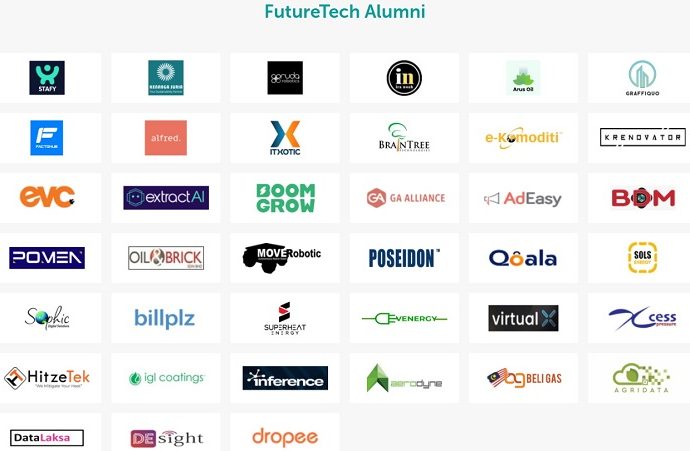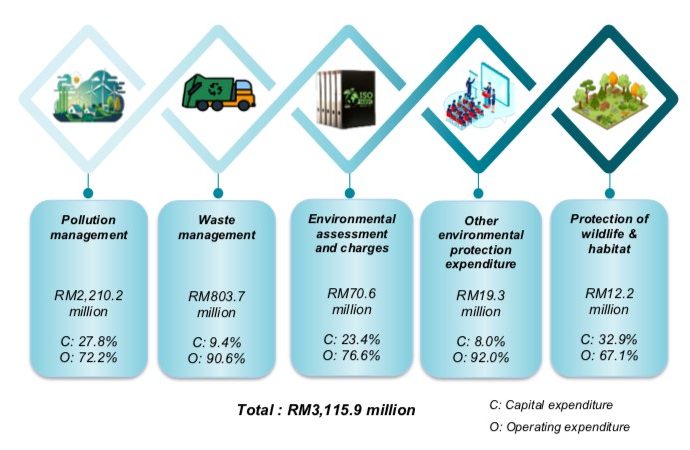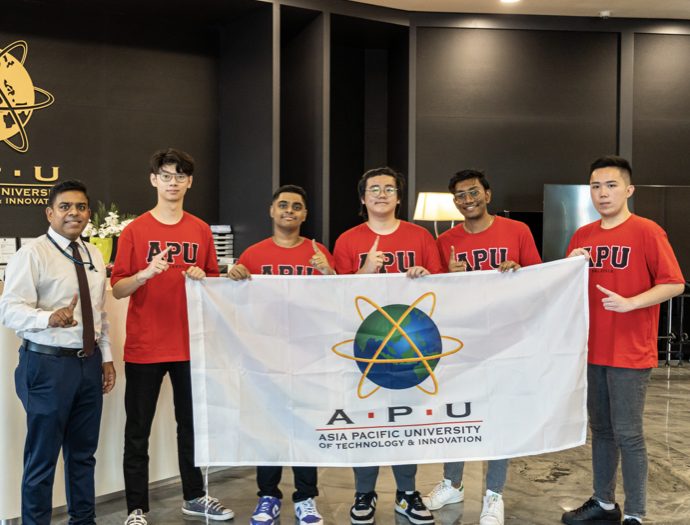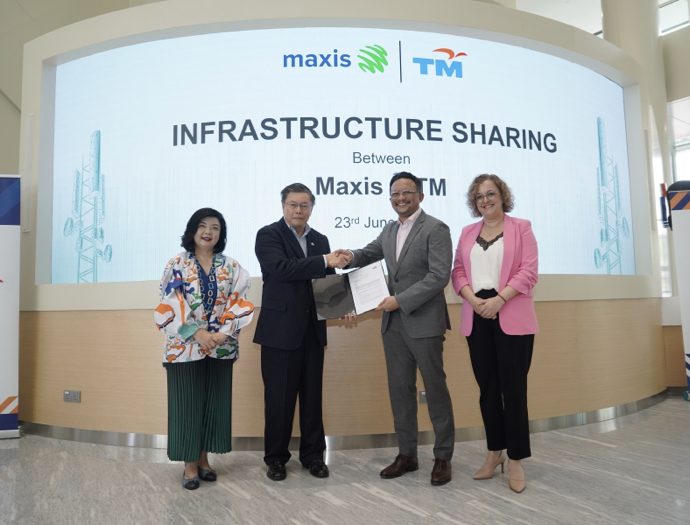BNM Deputy Governor: Building back better together through a sustainable and future-ready workforce
Malaysian financial bodies working to develop Future Skills Framework
Firms look to alternative ways to access ready talent apart from hiring
[Ed Note: Deputy Governor Jessica Chew (pic) gave the following Keynote Address at the 24th World Conference of Banking Institutes (WCBI) held in Kuala Lumpur with the theme, “Building a workforce…Continue Reading












